So you wanna learn how to make perfume. Easy, right? Well… not so much. But don’t worry, I’ll set you on a road to learning this fascinating craft without much trouble.
Sit back and relax as I show you how to make perfume using my tried & tested blends. Each recipe comes with its own video. I love them, and I hope you do too.
How To Make Perfume With Patience And Practice

In this blog post, I’m going to talk through everything. From what exactly is perfume, its origins, some of the ingredients used in perfumery, and some of my best recipes for you to try.
The most important thing to remember with DIY perfume is to be patient. Not every fragrance blend is going to smell amazing on the first try.
Also, you need an open mind. Not everyone likes the same scents, so you can’t expect everyone to like what you like.
My last words of wisdom before we move on would be to practice practice practice! You can’t expect to be good at something straight away. Give yourself time to develop your skills, and learn your ingredients.
Now, lets move on to the good stuff. What exactly is perfume anyhow?
What is Perfume?
First and foremost, it’s a cosmetic, meaning that it either brings about an aesthetic change or imparts a fragrance to the skin. So, perfume sits in the same category as skin creams, body lotions, makeup, and a whole host of other beauty recipes.
But what that doesn’t tell you, is that perfumery is an artform… and a difficult one to master. Honestly, I thought soap making was difficult, but really it has nothing on learning how to make a fragrance.
It’s not the actual method that makes it difficult, it’s the designing, refining and adjusting your fragrance blend that gets tricky.
But don’t worry, if you’re patient and passionate about blending fragrances, then it’ll all be worth it!
Besides, let’s remind ourselves that all the products we make here on Savvyhomemade are intended for personal use. I’m certainly not selling my homemade perfumes yet. While learning, anything I make is made just for me, my family, or my friends.
So, in other words, if I like it then that’s all that really matters. If you try to think the same, then you won’t get stuck with a single perfume fragrance for literal years. Unless, of course, you do intend to sell your perfume.
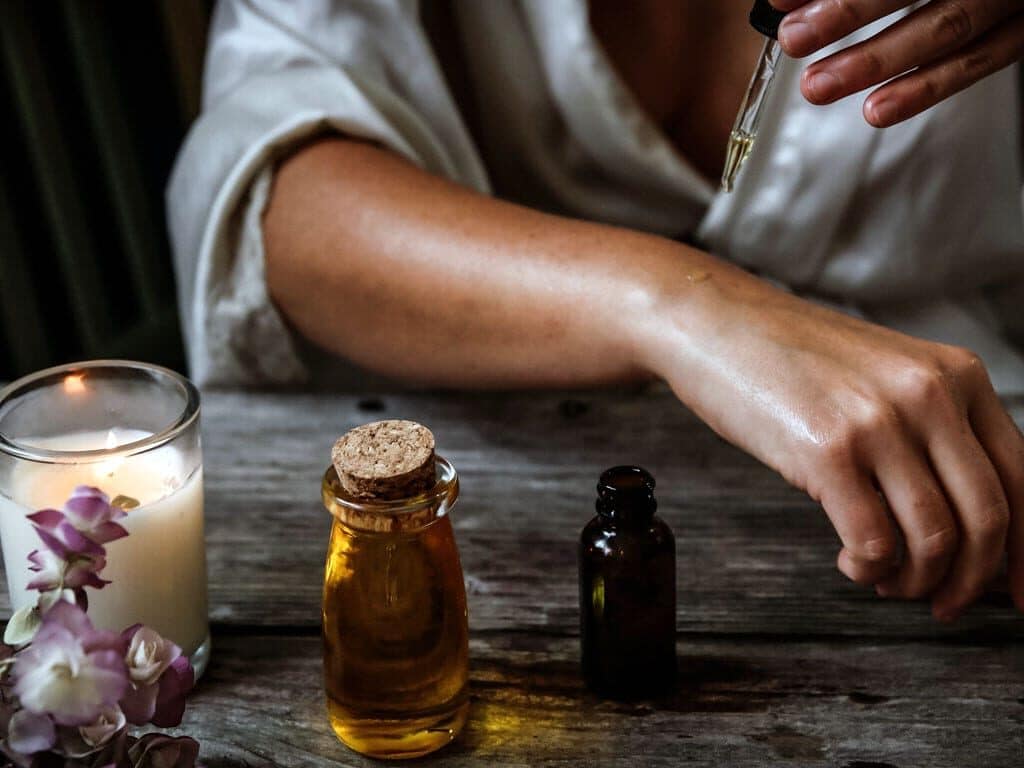
History of Perfumery
Ancient perfumery has it’s routes in the classical world. The ancient Egyptians would use resins, fragrant oils, and unguents for their aromas. However, they used them in ritual worship.
So, in a way, perfumery was more of a mystic practice, reserved for the elites and members of ancient religious orders. Perfumery only began to resemble anything like the modern industry when it got into the hands of commoners in Greek and Roman society.
Fragrances moved out of the hands of the ‘Gods’ and into the hands of regular, everyday people. Trades routes throughout the known world, from as far away as the Middle East, Chrina and India, brought new and exciting ingredients to classical perfumers. It was quite an industry.
Modern perfumery, as in the products as we know them today, has its origins in the late 1700s, as enfleurage flourished in France.
As time passed, perfumer’s skills, and their ingredients, became sharper and more concentrated. With modern distillery methods coming into play around the advent of the industrial revolution, essential oils had never been so potent and so intoxicating.
Globalisation and mass production has dragged down the price of these oils, making the production of perfume much more widespread. And further advancement in science and technology has been a massive game changer for the industry.
The development of fragrance oils (aromatic oils that are synthetic/lab produced) has made the industry even more stable, with even the more expensive designer perfumers turning to this cheaper and more reliable replacement of essential oils.
Perfumery has a rich and storied history. I’ve surmised it here, in short, for you to get an idea of how it all went down. But I encourage you to do your own research here. It’s fascinating stuff!
My Best Homemade Perfume Recipes
Now, my best recipes! Over the last few weeks, I’ve been scrambling to get together my best recipes for you to take a look at. Each one comes with it’s own video, so if you don’t want to spend all day reading you can sit back and relax as I show you how it’s done.
These fragrance blends are tried and tested. I love them, and I hope you do too. But if you don’t, well, that’s just personal preference. I’m sure you will, though!
Alcohol Based Perfume Recipes

Okay, so modern perfume, like many of the DIY perfumes we make, is more commonly made with alcohol. But why? Well, alcohol is one of the best carriers for a fragrance for a multitude of reasons.
Firstly, alcohol isn’t susceptible to microbial growth because these microscopic nasties justy cannot survive in such an environment. Purified forms of alcohol, after all, are used to sterilise our hands and even our wounds so they don’t get infected.
Secondly, alcohol evaporates quickly. This is important, as it increases what they call the ‘presence’ of a fragrance. When the alcohol evaporates, it takes with it many of the fragrance molecules with it.
This allows your homemade perfume to be more readily smelt by those around you. After all, you haven’t spent good money on ingredients, or hard work learning how to make your own perfume for just nobody to smell it.
Before we move on, I think it best to touch upon perfume classification. So when the French were figuring out how modern perfumery worked, they put together a classification system for how strong perfume should be. Let’s take a look at this list.
- Parfum (20-40% fragrance) – the strongest of all the perfumes. This is seriously strong stuff, but it’s also seriously expensive!
- Eau de Parfum (15-20% fragrance)
- Eau de Toilette (5-15% fragrance) – this is the mainstay of the perfume industry. If you go into any department store and pick up a perfume at random, it’s likely to be an Eau de Toilette. The perfect balance between strong scent and not too heavy on the bank balance.
- Eau de Cologne (2-5% fragrance)
- Eau Fraîche (1-2% fragrance) the weakest concentration of perfume and therefore the cheapest and lowest in quality.
Keep in mind this only applies to your alcohol based diy perfume. It’s also worth noting that it’s not just any old alcohol that’s being used here. It’s perfumer’s alcohol.
Never heard of it? Take a look at our guide to everything perfumer’s alcohol, where I talk about what exactly it is as well as your guide on where to buy it.
Perfume Scents – The Piesse Scale
In the 19th century, a French man named Piesse decided that scents should be referred to in scales (similar to musical notes) resulting in the whole subject becoming quite complicated. Thankfully today the system has since been simplified and perfume scents have been divided into just three groups, top, middle, and bottom notes, a well-balanced fragrance should include a blend of all three.
For more info on essential oils and their uses: Essential Oil Use Chart
Top Notes:
Are light and fresh smelling, they are usually the first scent that you will detect in a blended perfume, and often the most volatile.
Anise, Bergamot, Eucalyptus, Grapefruit, Lemon, Lime, Mandarin, Spearmint, Peppermint, Sweet Orange, Petitgrain.
Middle Notes:
Form the main body of the perfume. They have a lasting fragrance that becomes noticeable after the top note.
Angelica, Bay, Black Pepper, Cardamom, Chamomile, Cypress, Clary Sage, Geranium, Lavender, Lemon Balm, Neroli, Palmarosa, Pine, Rose, Rosemary.
Base Notes:
Are rich and heavy, although they are the last to detect in a perfume they linger the longest and work as a fixative to the lighter top and middle notes, helping them to retain their aroma for longer.
Benzion, Carrot Seed, Cedarwood, Frankincense, Jasmine, Myrrh, Patchouli, Sandalwood, Vanilla, Violet, Ylang Ylang.
Eau De Parfum & Eau de Toilette
First up, I will show you how to make eau de parfum. It’s a luxurious and highly indulgent perfume that would smell great on just about anyone.
Making parfum is such a luxury, everyone should try it at least once. Although it is quite a strong fragrance, so if you are sensitive you may wish to use less or make a different homemade perfume.
It’s a combination of citrus, woody and spicy essential oils that come together to form a well rounded, delightful scent. I call it Golden Grove. Try it and see, I think you will love this one! Make Golden Grove – A DIY Eau De Parfum & Eau de Toilette
Making Cologne
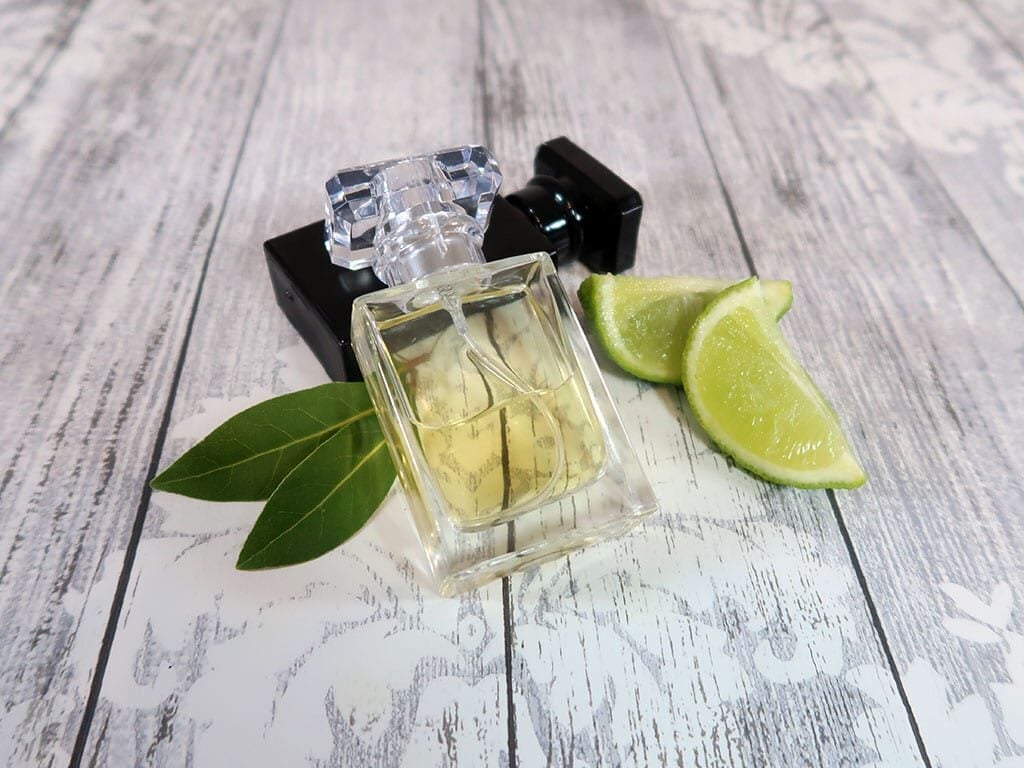
Perfumery doesn’t have to be just for women. There are a few considerations we need to take when making a cologne. It’s much easier to blend some floral essential oils and call it perfume, but this won’t fly with cologne.
Creating masculine fragrances in itself is an art form. You want something that’s not overly complicated, is warming, spicy, maybe even a bit woody. But that doesn’t mean you can’t have some creativity.
That’s what I tried to do with my most recent cologne recipe. It smells amazing, and my husband loves it! Don’t believe me? Try it for yourself. How To Make Cologne With Essential Oils
Oil Based Perfume Recipes
Before we used alcohol as a carrier in fragrances, we used oils. In fact, when perfumery passed into the hands of regular Greek and Roman people, the first commercially available fragrances were likely to be oil based.
But some today prefer an oil based perfume over alcohol any day. Why? For a few reasons, starting with the strength and harshness of alcohol.
Some people with super sensitive skin just cannot tolerate the drying nature of alcohol. It does, after all, suck moisture out of your skin.
But for others, oil based perfume is just more intimate and long lasting that alcohol based perfume. Oils do not evaporate as quickly as alcohol, and therefore will linger on the skin.
Also, for this reason, oil based perfumes have a much smaller presence. You have to be much closer to detect it, which can, in certain situations, be a very intimate experience.
Essential Oils vs Fragrance Oils

This has become a debate of sorts lately. There are two camps on this issue, and both of them are very vocal. Let’s take a look.
So, people who advocate for essential oils often argue that the smell is more ‘real’. This is because essential oils are made with natural ingredients. In general, I agree with this. Essential oils smell better all round.
They also have more aroma-therapeutic properties. The scent of real lavender essential oil, for instance, can be soothing and calming for the mind. Fragrance oils do not really have the same effect.
Ultimately, it is your choice. However, if you opt for fragrance oils, it’s important not to use just any fragrance oil. You want to look for ‘fragrance notes’, as these are the oil that have been synthesized specifically for perfumery.
The whole point of fragrance oils, though, is to make production cheaper. While you could try and take advantage of this, it is unlikely you will see much benefit as you are not mass producing.
Therefore, I always recommend that people learn how to make perfume at home with essential oils. If the average customer could afford it, then big industries would be using essential oils as well.
Essential oils smell the best. They’re the most convincing smelly oils you can find. And not all of them are super expensive. Lavender, for instance, smells amazing and is very cheap to buy. There’s no real reason to use them over fragrance oils here.
DIY Roll On Perfumes
Alcohol on the skin just not your thing? I know, I get it. Some people can’t tolerate any amount of alcohol. Or maybe you just cant get hold of the right alcohol where you are. Don’t worry, I have you covered.
I’ve already sang the praises of an oil based perfume, but did you know that the best way to make use of one is in a roller bottle? When I think of oil based perfume, I think of one of those really old fashion, heavy glass bottles. But oil perfume doesn’t have to be like that.
In fact, if you use a roller bottle, you can throw it in your bag and carry it with you all day. It’s super handy, and great in a pinch. You should also be able to travel with these, providing your roller bottles are smaller than 100mls (which is most likely).
Island Haze
I adore the fragrance of this oil based, roller bottle perfume. It reminds me of weekend getaways and island adventures. In fact, when I apply it, it takes me back to that scent and smells of my childhood vacations, but with an added dash of luxury. How To Make Island Haze Perfume
Tuitti Fruity
This all oil-based perfume recipe has an intimate yet sweet aroma for you to enjoy. It makes use of Sweet Almond oil, which is a readily available carrier oil that almost anyone can get their hands on. Definitely worth a look. How To Make Tutti Fruity Oil Perfume
DIY Solid Perfumes
Did you know that when making a perfume with all oils, you can throw some wax in the mix and get yourself a solid perfume?
Sounds crazy, but it’s actually quite handy! As much as I love oil based perfumes, I’ve had some accidents with them. And when oil spills in your bag, it’s and absolutely nightmare!
If you’ve been mentally scarred by similar experiences, you may want to use a solid perfume instead. They’re very similar to oil based perfumes, and have very similar properties. In fact, I’ve found them to be even more long lasting!
Citrus Blast
This DIY perfume celebrates all things citrus! Ordinarily, citrus essential oils are the fastest to evaporate away. This makes constructing an alcohol or oil based citrus perfume quite difficult.
But, with the added wax, I’ve found this solid perfume recipe to be surprisingly long lasting! It also smells so good you’ll have to stop yourself tasting it! How To Make Citrus Blast Perfume
Summer Bloom
I love these little homemade perfumes. They’re almost like balms, but smell way better. Only a little is needed on the pressure points, though.
You never need to worry about an oil perfume leaking in the bag when you make one of these. The fragrance here is intoxicating. It really smells like a garden in the late spring early summer. Delightful! Make Summer Bloom Perfume
Final Thoughts
I do hope you’ve enjoyed learning about how to make perfume, as well as learning everything you need to know about perfume in general.
Do make use of the recipes I’ve linked to. They’re great beginner recipes for you to try, and as I’ve formulated and tested them it’s unlikely you’ll get them wrong.
Once you’ve got the method of manufacture down, that’s when it’s time to start experimenting with your own blends. This is where the tricky part comes in.
But don’t worry, I have an excellent guide coming, called ‘Perfume Scents’, which talk all about how what different oils smell like, how to construct a blend, how to dilute your ingredients so you can test blends, what are fixatives and much more!
For now, just get out there and experiment with making your own perfumes!
If you like what you see here, consider joining our newsletter! Be the first to hear about all our latest additions to the blog, including our upcoming perfume ingredients post.
If that’s not your thing, we’re totally active on social media. Follow us on Facebook, Instagram, YouTube, Pinterest, and Twitter!

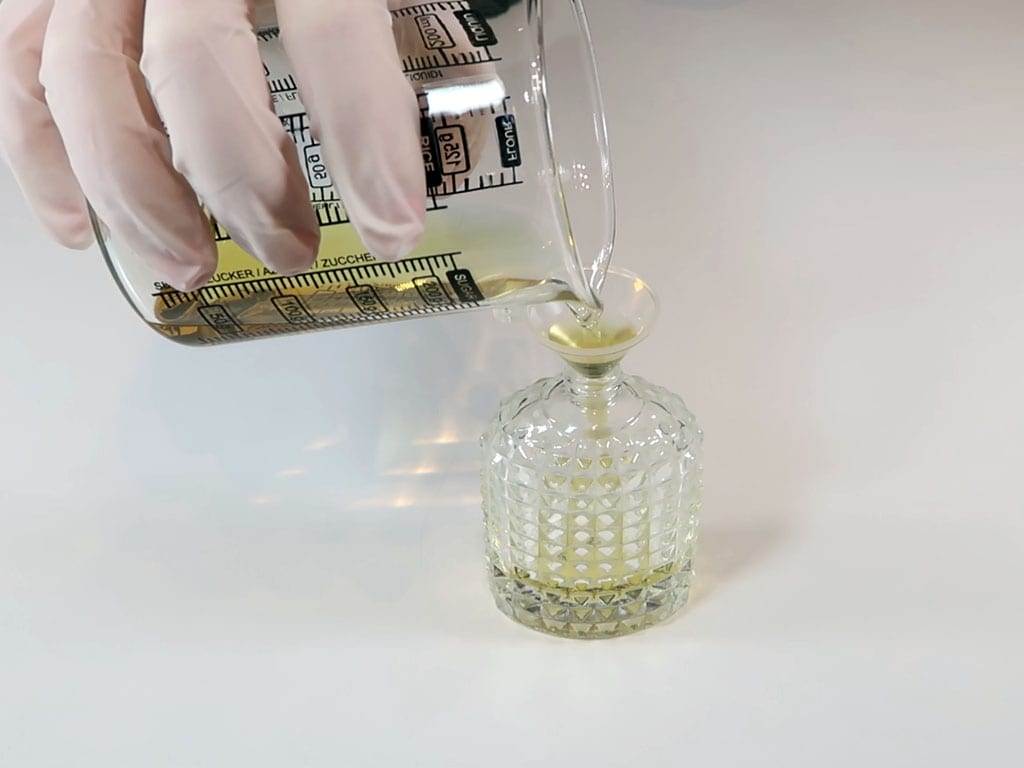


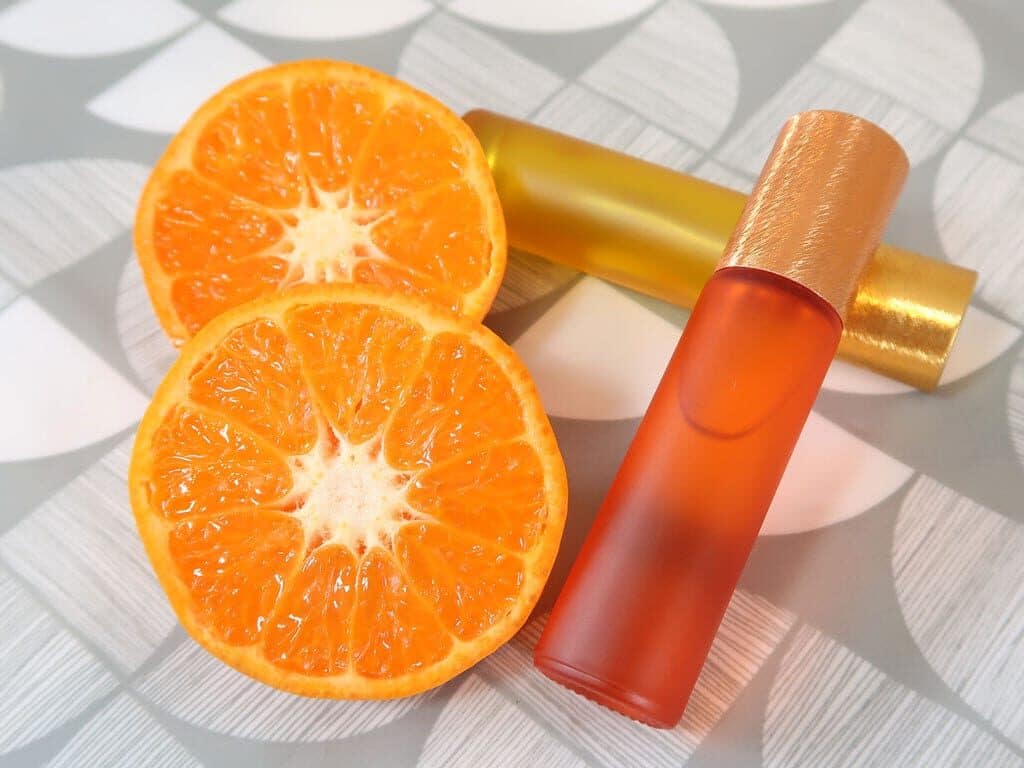
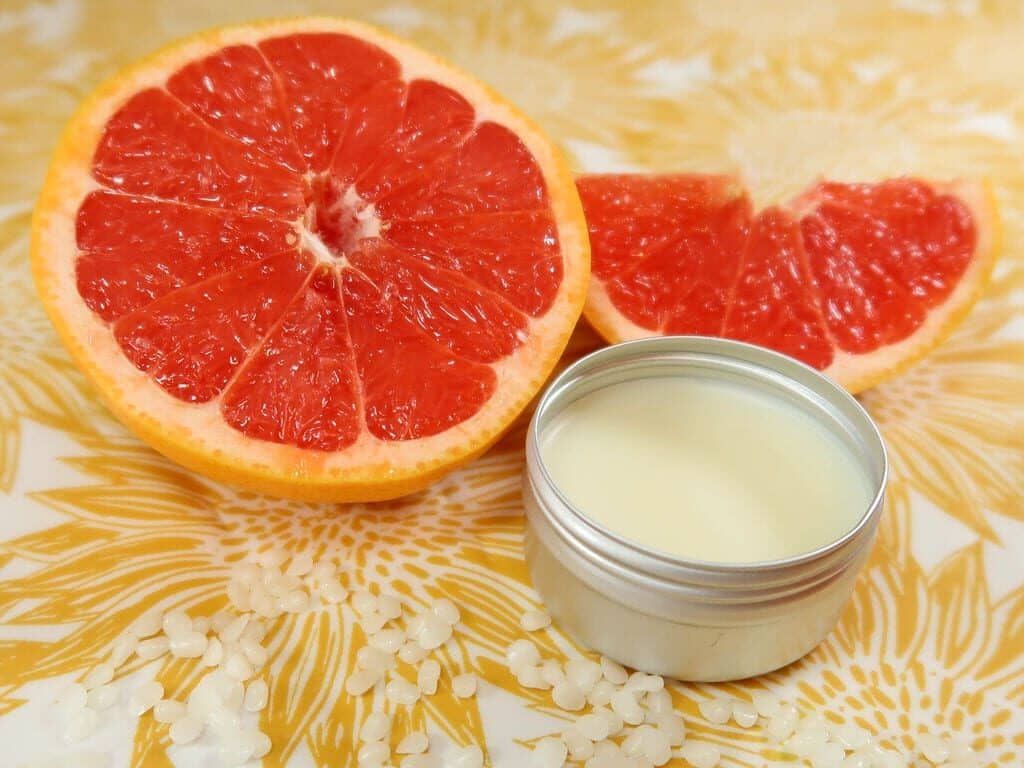
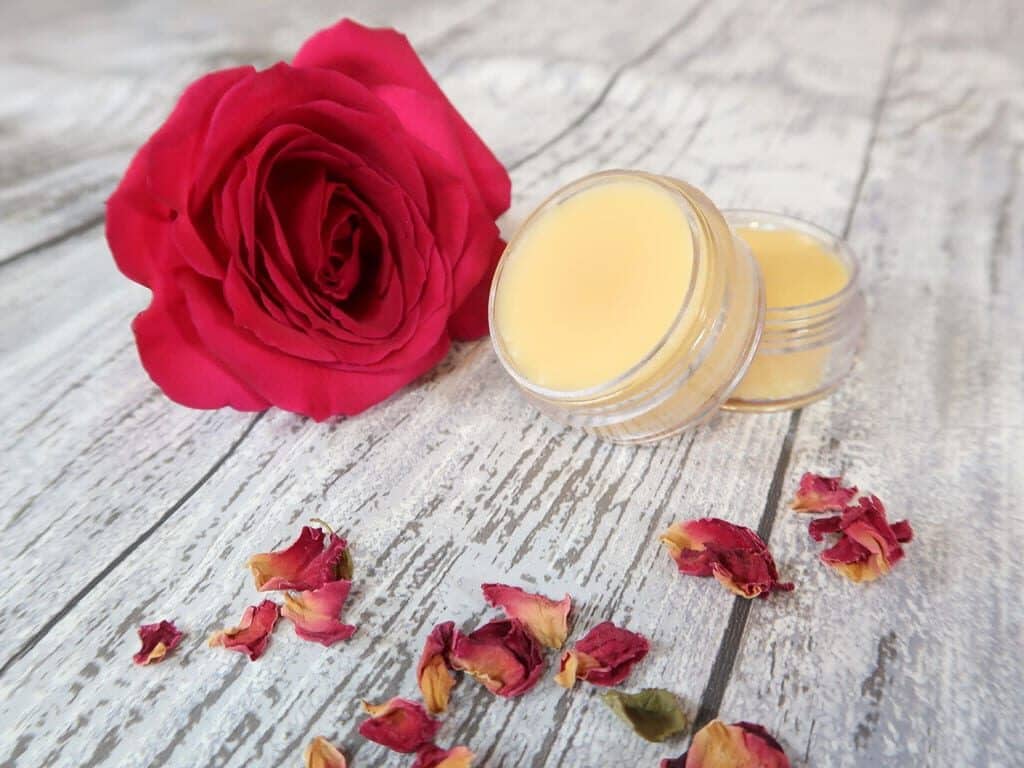
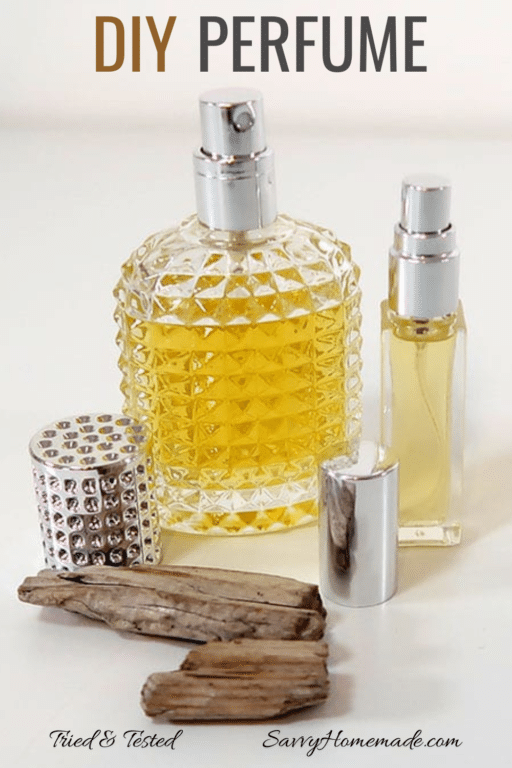

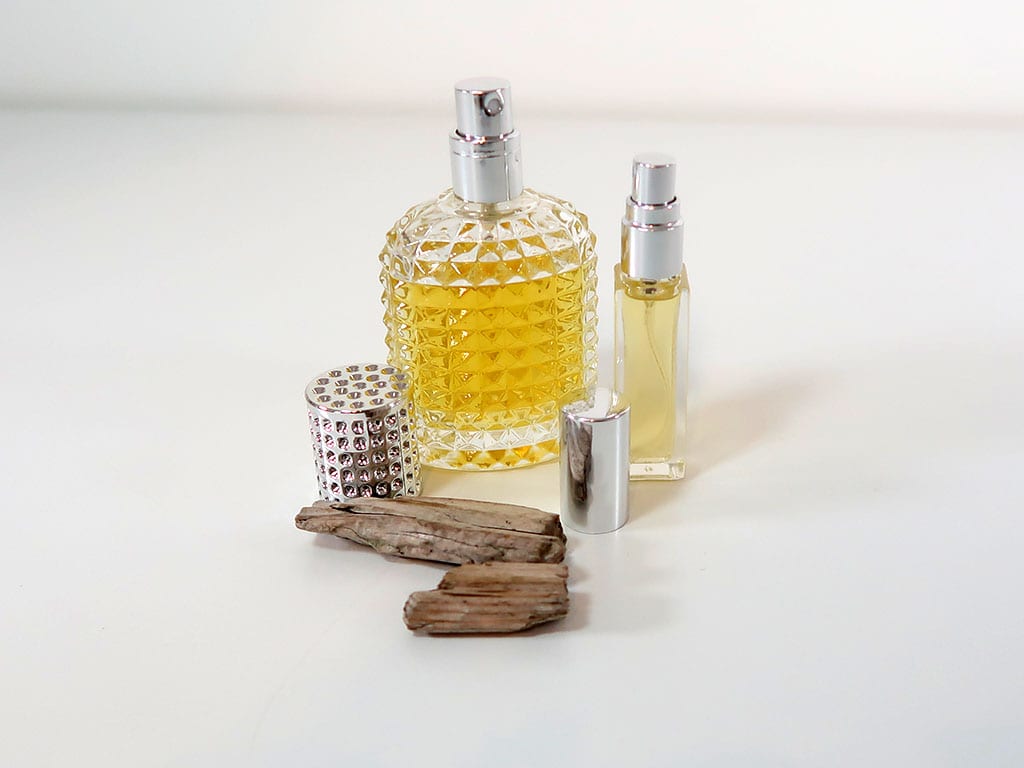




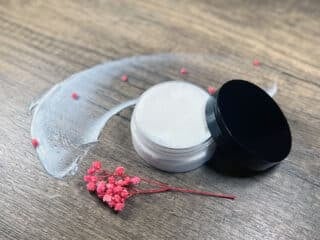
I love all ur works
This has helped me with a lot about perfume and how to make them.
Hello Angela,
Thank you for this insightful article. I have a question about Fragrance Oils. You mentioned it’s better to use Fragrance notes in Perfumery, I was wondering if the Fragrance Oils sold at Wholesalesuppliesplus.com are fragrance notes good for making perfume.
P.s I already got some samples from them and I love the scents.
Thank you
Amanda,
Honestly, I’d use whatever you like. If you enjoy these fragrance notes then I would absolutely use them! I have no experience working with ingredients from the supplier you’ve mentioned, so I can’t comment on their quality.
Heej,
Loved your blog. I am thinking about trying to start with creating a perfume for myself. I am an addict to l’Egoïste by Chanel. Well, I am just an addict to the scent of cinnamon. I think it is a base note for l’Egoïste. So, I have bought a 30ml brown glass spray bottle, pure etheric jojoba oil as a base as it seems to be less fragrant, pure alcohol, and for scent oils I bought a few of my favorite scents, …to start with Cinnamon oil, Sandalwood oil, Brazilian Orange oil, Green Apple oil, Vanilla oil, Eucalyptus oil and Lavender oil. As I am addicted to cinnamon I think I have to take care to no overdose the amount of it. Can you give me pointers? Of the scents I mentioned, are there no go’s when it comes to blending? ( Cinnamon, Sandalwood and Green Apple are my favorites). I would love your feedback. Thanks in advance. And let not forget, a very happy new year to you.
Kind regards, David
Hi David,
This all sounds so exciting! I love perfuming making as well!
The best advice I can give you right now is to start making simple blends. Start by combining just 2 or 3, and try not to stray too far from their family group (e.g. citrus, woody, spicy, floral etc). Start with what you like best (in this case the cinnamon). Add a few drops to some cheap carrier oil. Then, pick your next most favorite and add a few drops of that. Do they sit nicely together? Is one overpowering the other? Would another fragrance note maybe bring it all together? Then you can tweak it, add more, change the ratio etc.
Then as your nose becomes more and more sophisticated (this will start happening as you experiment more and more), and your experience with the different aromas skyrockets, you’ll start thinking of blends out of nowhere.
But try not to stress out too much. Perfuming takes a long time to master, and I’m nowhere close to that myself. When I’m not sure what oils to blend, I just remind myself that most essential oils or fragrance notes won’t come together to smell awful. Sure, the result might not be your preference, but it’s probably not terrible. All of your blends will be works in progress for a long time before you’re happy with them. They’re meant to be messed around with, prodded, poked, cried over and completely redone from the ground up until you find the perfect fragrance.